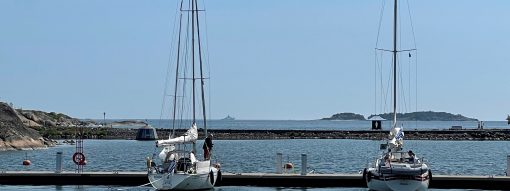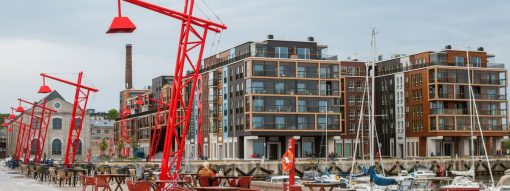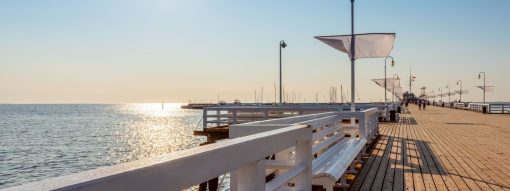Let us introduce you with Policy Area ‘Spatial Planning’!
How would a desired Baltic Sea Region look like in future? How different policies, having implications to our territories and the sea, will play out – will they effectively address the challenges we might expect in the future or are there places where additional joint actions and synergies may help?
PA ‘Spatial Planning’ addresses those questions by developing and discussing territorial development perspectives on Region`s urban networks and settlement structure, its physical and digital connectivity, the management of its ‘commons’ that ensure a good quality of life.
PA ‘Spatial Planning’ has two main areas – land-based spatial planning is coordinated by VASAB, and maritime spatial planning (MSP) is coordinated jointly by HELCOM and VASAB. Both are pan-Baltic organisations with long-standing macro-regional cooperation experience behind.
VASAB (Vision and Strategies around the Baltic Sea) is a regional intergovernmental multilateral co-operation in spatial planning and development.
HELCOM (Baltic Marine Environment Protection Commission – Helsinki Commission) is the governing body of the Convention on the Protection of the Marine Environment of the Baltic Sea Area, known as the Helsinki Convention.
PA aims for territorial cohesion in the Baltic Sea Region by 2030, when the Region shall be better integrated and coherent macro-region that has reduced the socio-economic development divides between its individual parts and has turned the global challenges into assets. To achieve that, PA increases the knowledge on land-based spatial planning in the Region and aims for coherent maritime spatial planning throughout the Baltic Sea, applying ecosystem-based approach. In practical terms, PA acts as a platform for knowledge exchange and macro-regional, trans-boundary and cross-sectoral dialogue, working together for transnational policy measures and joint actions, supporting methodological development and territorial observation processes, promoting cooperation projects, and facilitating thematic events and other activities on spatial planning.
Spatial planning, whether on the land or the sea, is an integrative and continuous participatory process to analyse and influence the future spatial distribution of human activities. It aims to ensure functional integration across multiple scales (macro-regional, national, regional, local levels) and different sectors of public policy to balance demands for development with the need to protect the environment, and to achieve social and economic objectives. Spatial planning is therefore an important tool for promoting sustainable development, connecting the Region, improving the quality of life, and reducing inequalities.
Baltic Sea Region is recognized as European and even global front-runner in the development of maritime spatial plans. After drawing up maritime spatial plans throughout the Baltic Sea, PA will prepare for new planning cycle and will build a sound basis for an adaptive maritime spatial planning process by exploring further improvements for national, regional and EU policy coherence (e.g., European Green Deal). Since the spatial planning is a participatory process, the involvement of broad stakeholders’ community in the dialog utilizing various regional platforms (e.g., MSP Planners Forum, VASAB Young Planners summer school) supported by the PA, is vital for the achievement of macro-regional coherence goals.
Spatial visions are an important tool for forward-looking and evidence-based policy making. Such visions define a desirable picture of the future, shared by people who wish to make a desirable change for the next generations. As a response to new challenges and trends that influence the territorial development in the Baltic Sea Region, VASAB has elaborated a new draft Vision 2040. It aims to set the tone for the desirable future in the Baltic Sea Region by 2040 and beyond and gives a framework for further discussions how our Region would evolve and what actions should be taken on board to achieve the Vision more successfully. Currently the draft Vision has been forwarded to stakeholder consultations.
In order to ensure close linkages between EU Strategy of the BSR and PA`s work, VASAB initiated bilateral meetings with other Policy areas of the EUSBSR throughout this spring. Bilateral meetings allowed to get acquainted with each other on personal level, better understand thematic scope and mutual interlinkages with each policy area, all together contributing to common understanding, building mutual trust, and indicating potential synergies for future work.
Stakeholders who are interested and have a say in the territorial development of the Baltic Sea Region, are invited to share their feedback with PA ‘Spatial Planning’ by mid-July. The feedback will be considered in further development and refinement of draft VASAB Vision 2040 and its implementation framework.
Read the PA ‘Spatial Planning’ article for Baltic Stories Magazine (April 2022 issue) HERE.



